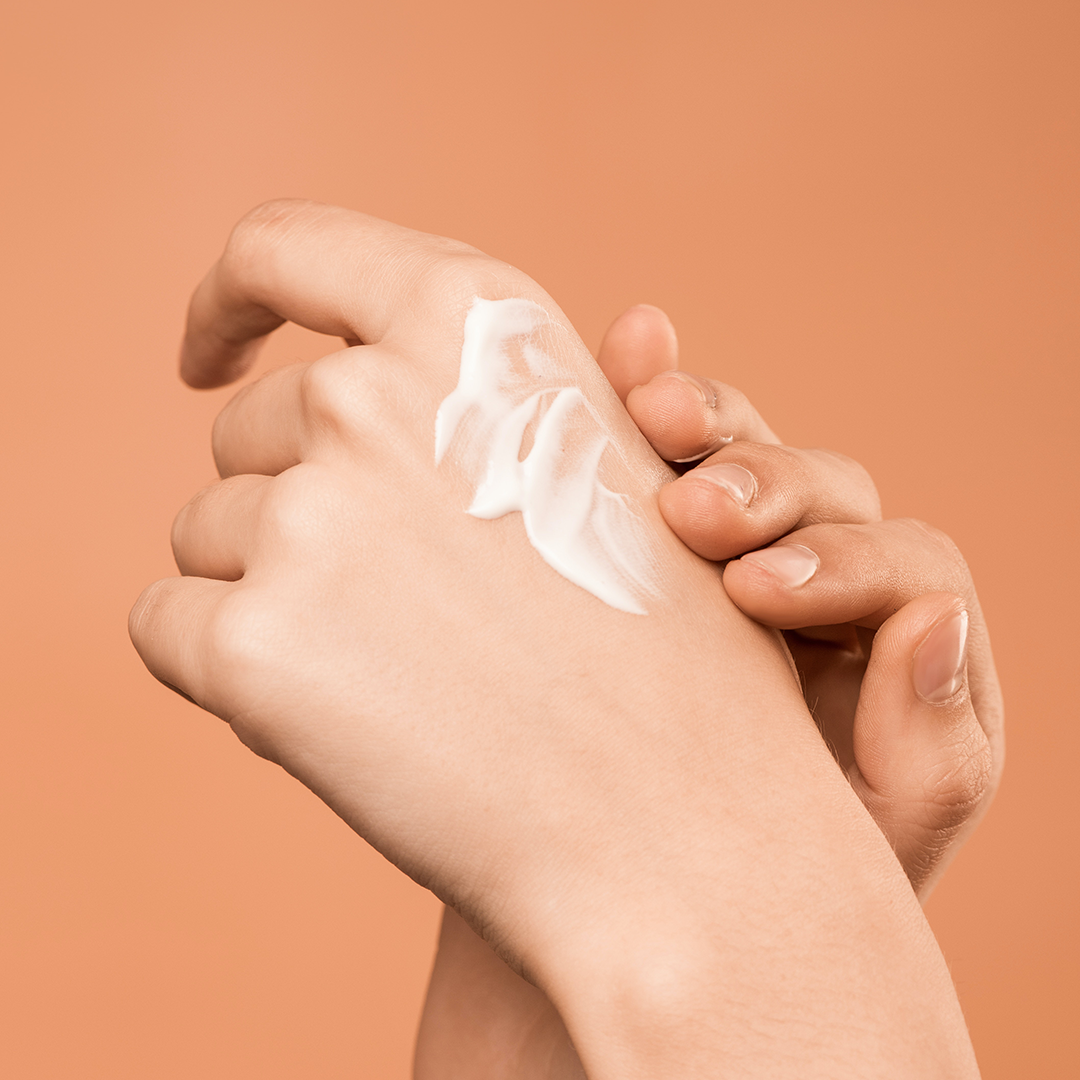Which sunscreens are bad for the environment and why?
When we swim with sunscreen on, chemicals like oxybenzone can seep into the water, where they’re absorbed by corals. This and other substances contain nanoparticles that harm coral’s reproduction and cycles of growth, leading in the end to bleaching and death of our coral reefs.
Coral reefs are important as they protect coastlines from storms, and provide jobs for local communitiesthrough food and recreation. They are also habitats for millions of marine species and are the source of carbon and nitrogen fixing.
While we may think a bit of lotion we use at the beach makes no difference compared to the vastness of the ocean, studies suggest that these toxic chemicals present in certain products have a fatal impact on corals. In fact, many tourist destinations such as Palau Island, Key West and Hawaii have banned certain brands and will even fine visitors or confiscate the unwanted sunscreen. We only hope Dominican Republic is next in that list.
According to National Geographic, the world’s coral reefs are suffering, and chemicals commonly found in sunscreen contribute to the problem., The numbers are daunting: 14,000 tons of sunscreen are thought to wash into the oceans each year; about 80 percent of corals in the Caribbean have been lost in the last 50 years due to pollution, coastal development, and warming waters.
Unsustainable coastal development due to demographic expansion (large cities like Santo Domingo with a population of almost 5 million) growing exponentially without adequate infrastructure, results in intensive tourism, poor land-use planning, ineffective environmental management, increasing cultural, social and economic demands and modifications in the quality and quantity of run-offs into the sea from drainage basins. All of this threatens about 80% of reefs in the Dominican Republic. However, with proper marine protected area management like in St. Lucia and Bonaire, the Caribbean reefs have a great chance at recuperating.- Andrea Vogel, Marine Biologist, USAID.
Solutions for reef relief.
We can opt for buying reef safe products which contain only friendly ingredients. Gingerly products for example: 100% made in the Dominican Republic, paraben free and comes in eco packaging. By using products such as Gingerly, we protect our skin and our reefs.
Let’s be mindful of the products we use for fun in the sun. Always check those labels and use sparingly. Hats and clothes are always a great alternative.
To learn more about Happy Dolphins initiatives please go to www.happydolphinsdr.org. Your support goes a long way!
www.Gingerlyshop.com supports Happy Dolphins DR.
@happydolphinsdr
@gingerly.shop
By Patricia Hiraldo



